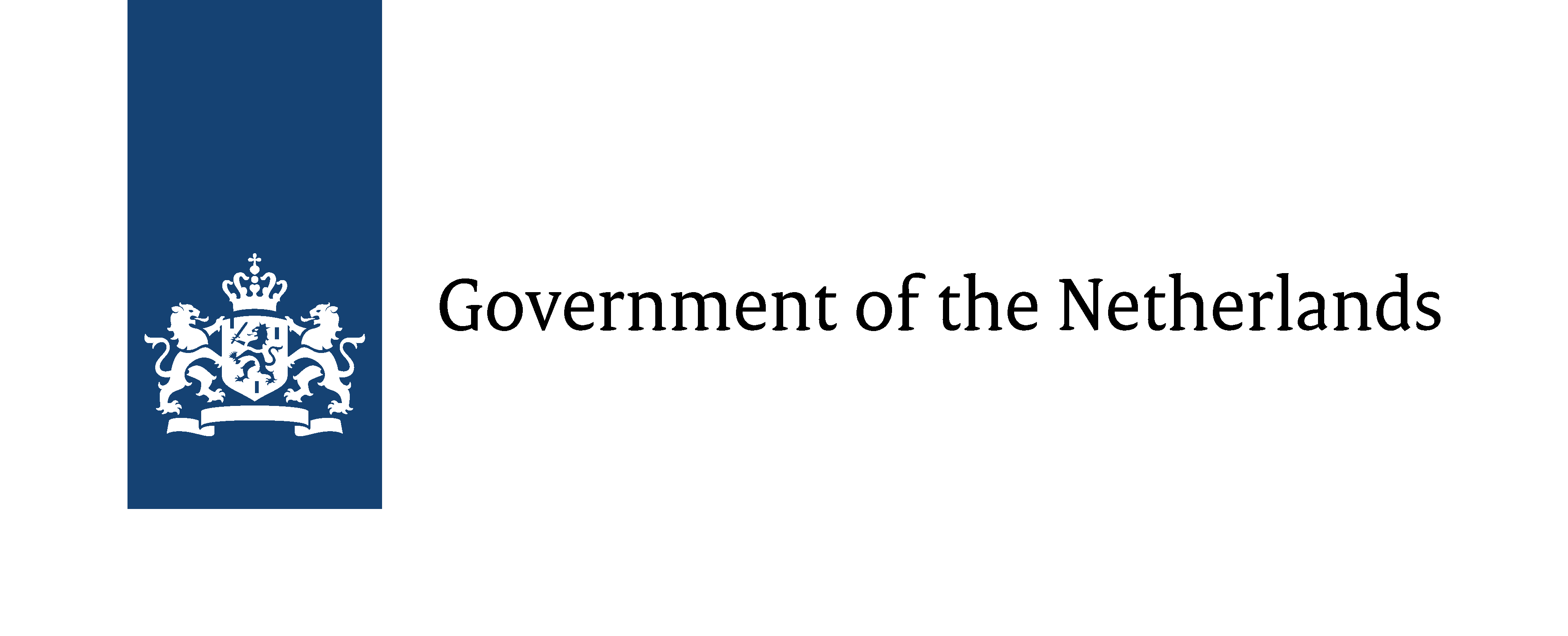Diyarbakir (0412)
Diyarbakir is situated on the banks of the River Tigris and is the biggest town in the region with about 1.5 million inhabitants. The population of Diyarbakır is predominantly Kurdish and the city is one of the most important centers for Turkey’s Kurdish population. During the years of conflict in the South-East, villagers from remote areas -where fighting was serious- left or were forced to leave, and headed for the relative security of the city. Rural to urban movement has often been the first step in a migratory pattern that has taken large numbers of Kurds from the east to the west of Turkey.
Jewelry, silk processing, coppersmith works, pottery, leather works, felt making, textiles, embroidery and carpet making are the leading handicrafts in Diyarbakir. However, silk production and textile business are in decline. Jewelry is still important. Mat bracelets, coriander, necklaces and silver ornamented wooden shoes are the special works of the province. In the STGM database a total of 194 NGO’s was listed of which 18 were dedicated to education and youth, 18 to culture and 3 to arts.
Dicle University
Dicle University was founded in 1966 and has departments of archeology, fine arts, architecture and interior design. The university has educational facilities in Diyarbakir, Batman, Mardin, Siirt and Sirnak and serves the entire region. The State Conservatory started its activities in the 2002-2003 academic year. Activities such as theatre, music, folklore, drawing, archaeology, photography are provided by the university.
Events and organizations that are relevant for art and culture in Diyarbakır are:
- Diyarbakır Arts Centre (DSM) opened in 2002 by Anadolu Kültür. It is quite well established and has become an inspiration for similar start-up projects elsewhere.
- CGSG dance and music association did projects in Diyarbakır.
- Haykiyari Art Bridge was a project supported by Anadolu Kultur.
- Every year Diyarbakır hosts a Culture and Arts festival.

